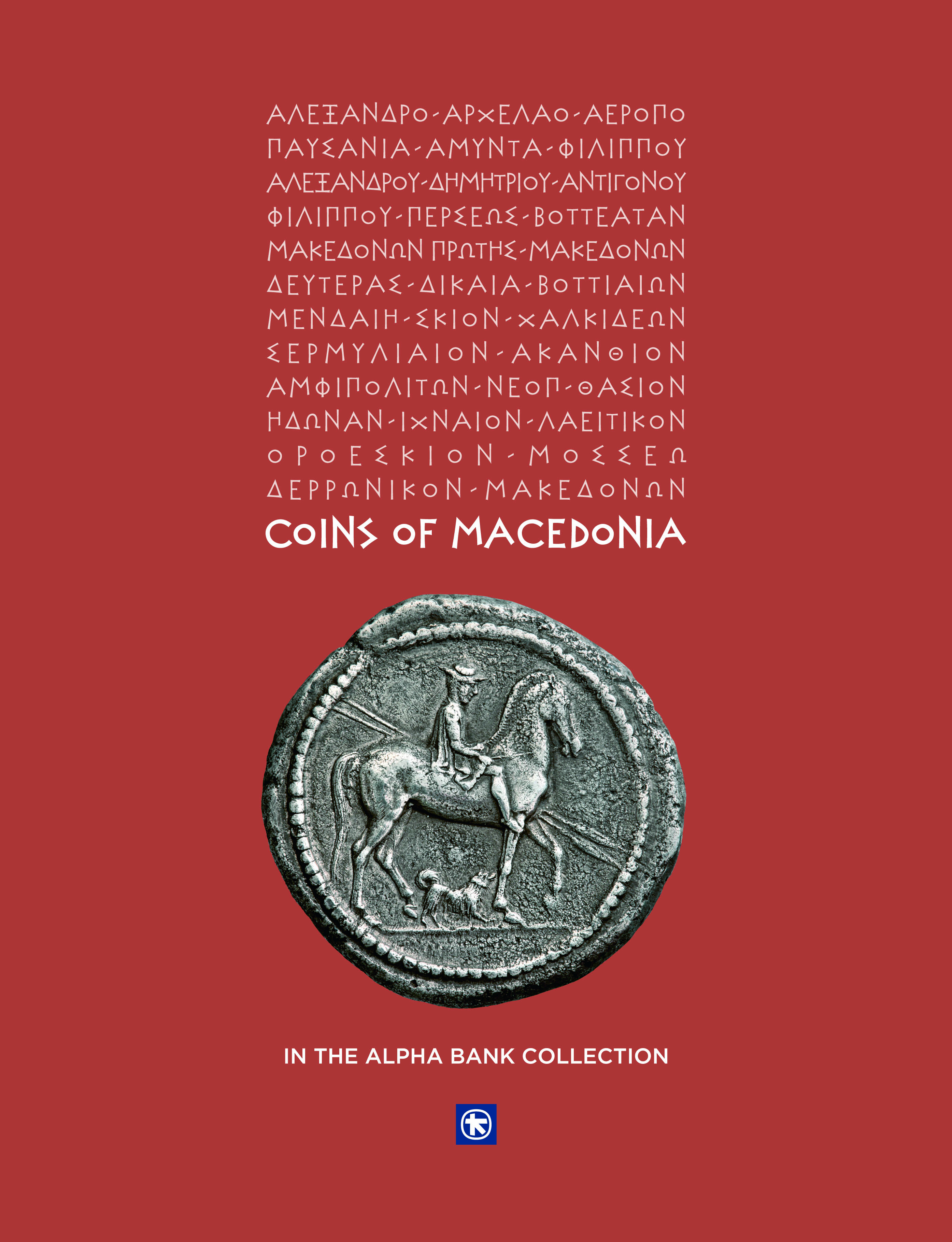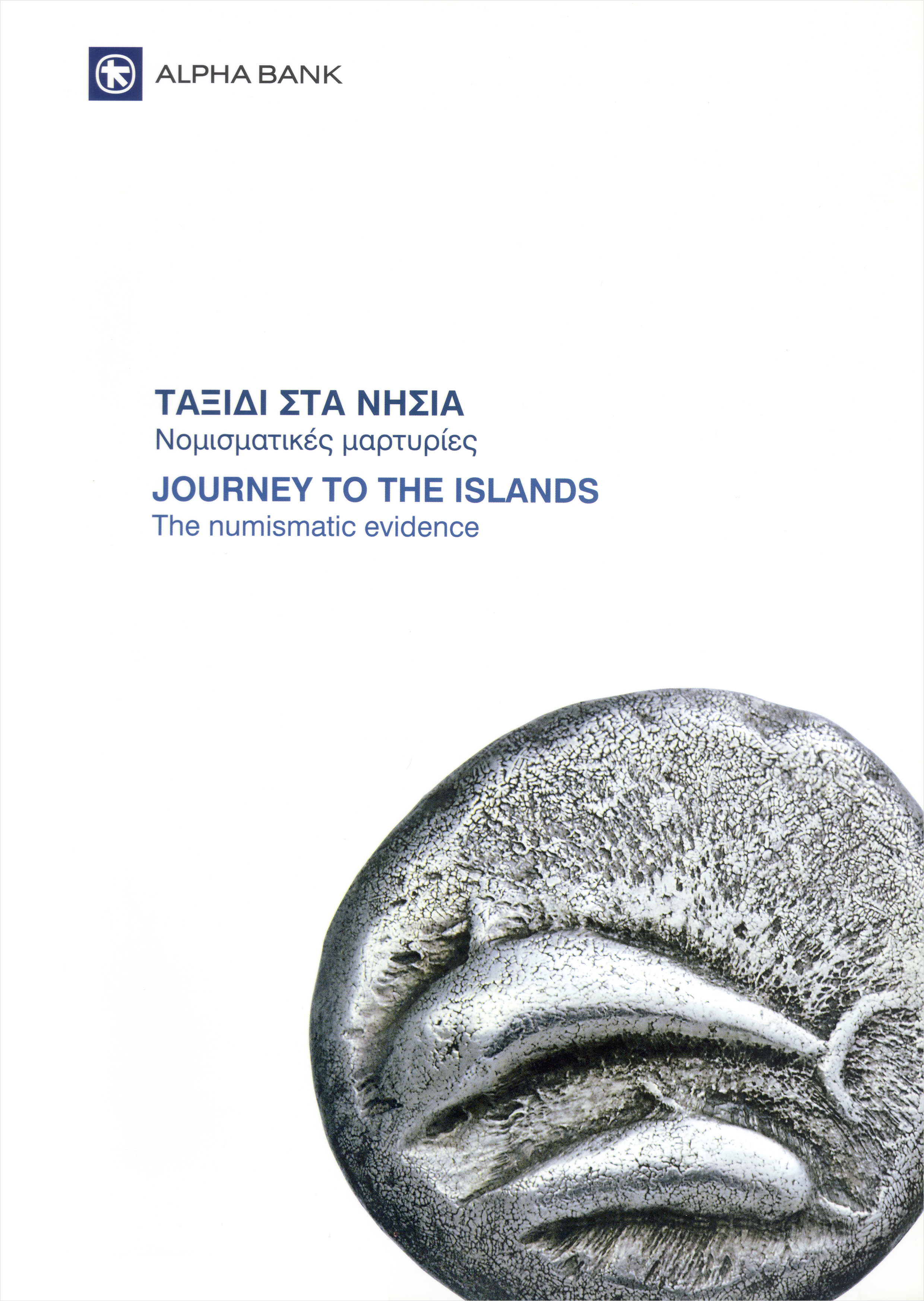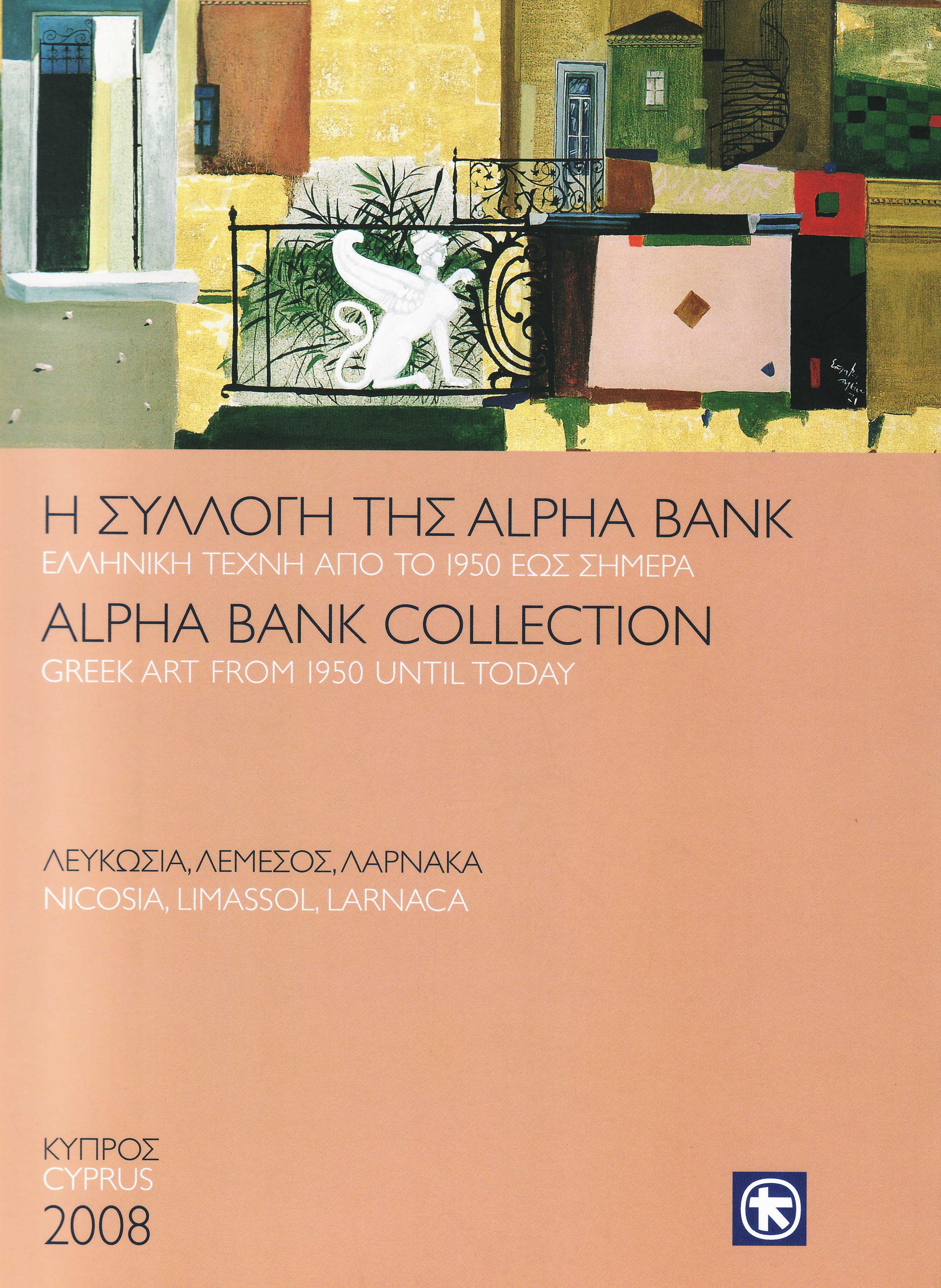Year published: 2010
Alexander the Great. From Macedonia to the Edge of the World

The publication Alexander the Great. From Macedonia to the Edge of the World accompanied the same-titled exhibition held at the Archaeological Museum of Ioannina. It tells the story of Alexander the Great through his coins. It also contains photos of coins and 4 ancient objects.
- Edited by: Dimitra Tsangari, Konstantinos Zachos, Katerina Liampi
- Language: Bilingual (Greek/English)
- Year published: 2010
What the publication includes
The publication looks at the history of Alexander the Great through his coins and examines their impact on the ancient world.
It presents 218 coins from Macedonia and the Hellenistic kingdoms, created after the death of Alexander. It includes many Alexander tetradrachms, as well as the imitations that circulated later on and provide indisputable proof of the power of Alexander’s coins.
It also contains coins with the deified portrait of Alexander. The great general became the first well-known mortal depicted on coins.
The catalogue of a fascinating exhibition
The publication accompanied the exhibition “Alexander the Great. From Macedonia to the Edge of the World” held by the Alpha Bank Numismatic Collection together with the 12th Ephorate of Prehistoric and Classical Antiquities. The exhibition was hosted at the Archaeological Museum of Ioannina from 7 May 2010 to 31 October 2010.
A journey in history through coins
The publication is structured in 7 chapters presenting the history of the Macedonian king:
- Preface – 4 ancient objects – The publication presents 1 phrygian-type helmet from the Archaeological Museum of Ioannina (Vitsa, Zagori), part of a Macedonian shield from the 27th Ephorate of Prehistoric and Classical Antiquities (Dion, Pieria), parts of a sarissa from the 17th Ephorate of Prehistoric and Classical Antiquities (Ancient Aigai) and the marble head of Alexander from the 7th Ephorate of Prehistoric and Classical Antiquities (Ancient Olympia).
- Aeacidae and Timenidae – The publication presents the history and connection of the Aecidae, that is the royal dynasty of the Molossians of Epirus, with the Timenidae, the first Macedonian kings.
- Macedonia up to the time of Philip II – The first coins in the area were minted by indigenous cities and colonies, as well as by the so-called Thraco-Macedonian nations. Royal coinage was launched in early 5th century BCE.
- Philip II – Philip II adopted bimetallism, that is he minted both gold and silver coins at the same time. He introduced new types in Macedonian coinage to commemorate the Panhellenic union he had achieved in 338 BCE. Among them were the head of Olympian Zeus, as a Panhellenic symbol, and a young athlete riding a horse, commemorating the king’s victory at the Olympic Games held in 356 BCE.
- Alexander III, the Great – Alexander issued a series of now rare silver staters depicting the head of Zeus and the eagle. Once he got hold of the vast quantities of Persian gold and silver, he issued numerous coins. The common coin he established, Alexander’s tetradrachm, became the first international currency in Hellenistic times.
- The successors and the Hellenistic kingdoms – After the sudden death of Alexander in 323 BCE, his empire was divided. One of the first things the successors did was to issue coins. Except for its apparent impact on finance, this practice was also important as an act of political propaganda.
- The portraits of Alexander the Great – The successors of Alexander the Great opted for their iconography to refer to the great general. This way Alexander the Great became the first well-known mortal depicted on coins. A coin that stands out is the tetradrachm of Lysimachus with the deified head of Alexander the Great.
Edited by: Dimitra Tsangari, Konstantinos Zachos, Katerina Liampi
Publisher: Alpha Bank
Place and time: Athens, 2019
Dimensions: 30 x 23 cm
Pages: 200
Cover type: Hardcover
ISBN: 978-960-98363-9-5





